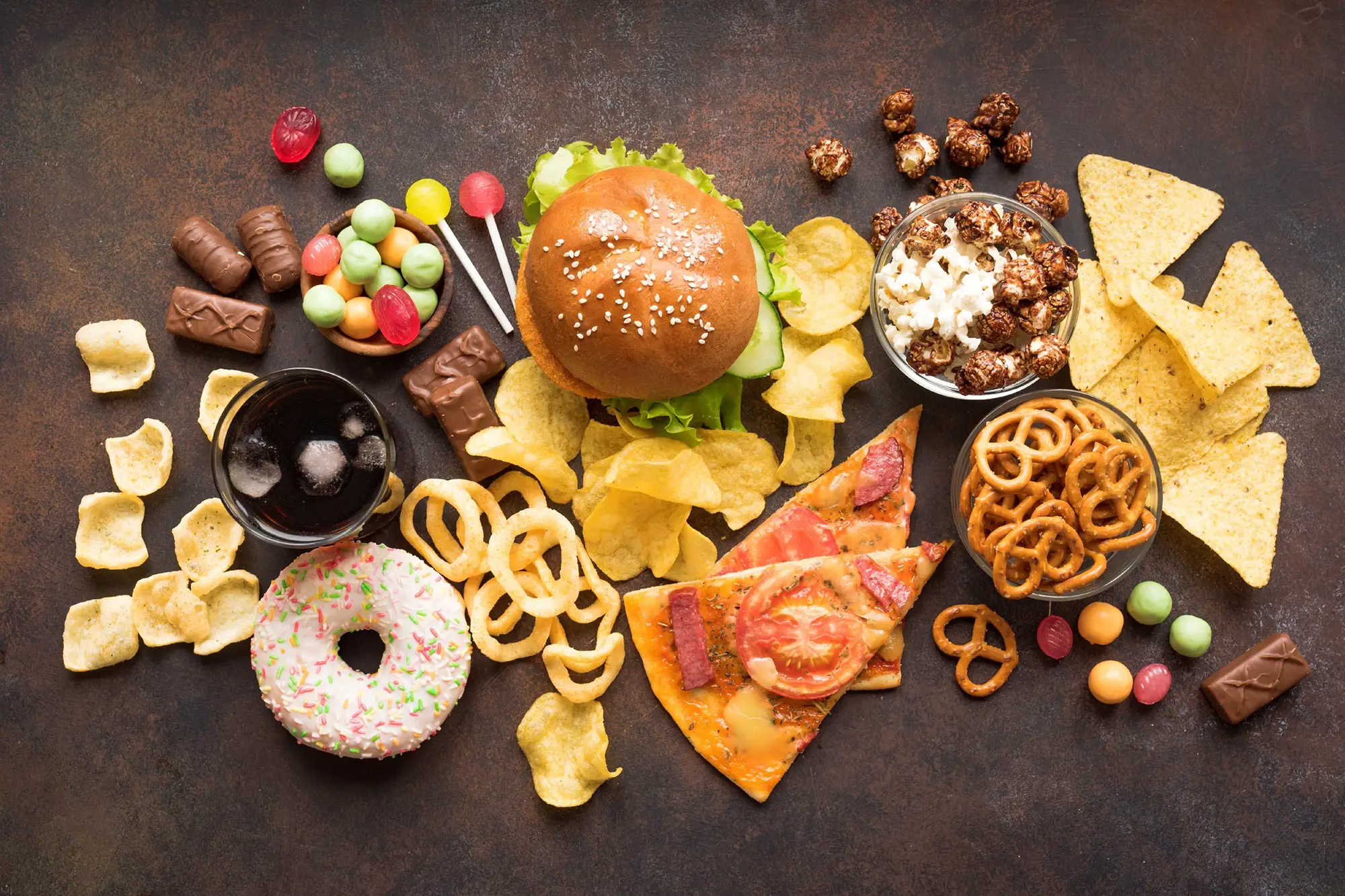Unless you are on a very restricted diet, it is almost impossible to avoid ultra-processed foods. They are the sliced bread, mass-produced cakes and cookies we buy in supermarkets, and the long-life milk that goes into our morning coffee.
While avoiding them completely is unrealistic for most people, reducing their consumption can be easy. The key is to read the label. Look for words like isolates, sugar, starch, fats, salt, additives and colours.
1. They are cheap
Compared to whole foods, ultra-processed foods are cheap. They are also designed for a long shelf life and highly advertised, making them irresistible to many consumers.
Typically, ultra-processed foods contain ingredients that are not naturally found in food, like substances for bulking, de-foaming, emulsifying and bleaching. They are generally higher in salt, sugar and saturated fat. And they are linked to poor health outcomes, such as obesity, heart disease and diabetes.
Changing our diets to eliminate ultra-processed foods can be difficult, particularly when they are marketed as healthy. But looking at food labels to make sure they are low in sodium, sugar and saturated fat is one way to do it. Other methods include choosing whole foods and avoiding beverages with added sugar.
2. They are convenient
The term ‘ultra-processed foods’ may sound like a fancy scientific term, but they are all around us. From the long-life yoghurt in your lunchbox to the snack bar you grab on the train, these are the foods that make up the majority of our calories. They are industrially manufactured, ready to eat or heat and are full of additives – making them cheaper than fresh foods and more convenient. They are aggressively marketed and tend to replace more healthy nutrient rich foods such as vegetables, whole grains and pulses.
Unlike processed culinary ingredients which are made from unprocessed foods, group 4 foods are formulated from a mixture of ingredients including oils, fats, sugars and artificial additives. They are high in unhealthy fats and refined sugars, as well as salt.
3. They are addictive
Many of these foods are also marketed as “healthy” or “natural,” but this can be misleading. The word natural only describes where the food originally came from, not how it was made. For example, a cookie made from organic flour and natural honey is still an ultra-processed food.
Avoiding group 4 foods is easy enough if you stick to whole, fresh ingredients like vegetables and fruit, lean meats and fish, and healthy fats (like olive oil). Unfortunately, avoiding these foods in a store or convenience store can be difficult because of cost and availability. But if you can, make sure to choose options without additives like xantham gum, disodium inosinate and disodium guanylate. These chemicals can be as bad for you as sugar. Plus, they don’t nutrient our bodies the way that real food does.
4. They are unhealthy
It’s hard to go on social media or read the news without hearing a warning that ultra-processed foods are bad for you. But that’s not hyperbole: A growing body of research has linked these foods to poor health outcomes, including obesity, heart disease and cancer.
While avoiding ultra-processed foods entirely is ideal, that’s often unattainable for many people. For example, cutting out processed foods altogether can be a big challenge for people on low incomes or those with food allergies or other health conditions. Trying to limit ultra-processed foods is a better strategy, experts say. Look for words like “isolates,” “high-fructose corn syrup” or “maltodextrin” in the ingredients list to spot ultra-processed foods. Also check the label for fat and sodium content. The lower, the better.
5. They are heavily advertised
Like it or not, most of the foods we eat are processed in one way or another. This isn’t always a bad thing—heating, canning, cleaning, drying and other methods preserve food for longer storage.
The problem comes when the processing goes too far. Ultra-processed foods are mass-produced mainly by large ‘Big Food’ corporations, have a long shelf life, are quasi-addictive and are heavily advertised.
Fortunately, there are some rules of thumb you can use to determine whether your food is ultra-processed. For example, look for ingredients such as isolates, high-fructose corn syrup or maltodextrin at the beginning of the ingredient list. Also watch out for additives such as flavour enhancers, colourants, emulsifying salts or sweeteners. These are all signs that your food is highly processed.
